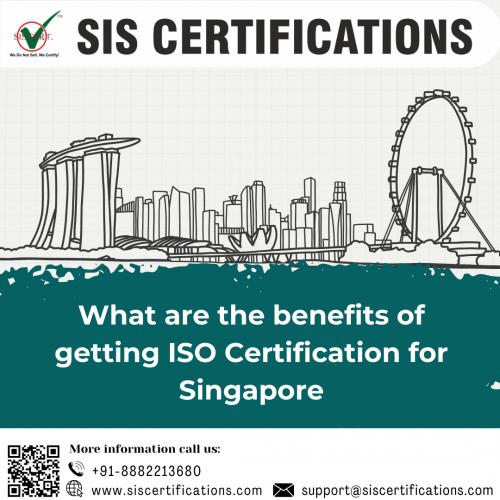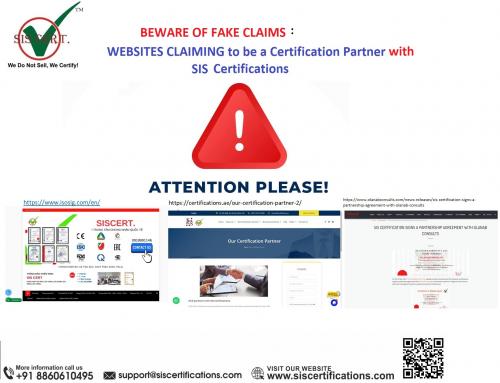ISO 27001 Certification and Compliance
As of my
knowledge cutoff date in September 2021, the most recent version of ISO/IEC
27001 is ISO/IEC 27001:2013. Please note that there may have been updates or
revisions to the standard since then. It's advisable to refer to the latest
version and consult relevant sources for the most up-to-date information.
Here are
some key aspects of ISO/IEC 27001:2013:
Context
and Scope: Organizations need to define the context of their ISMS and determine
the boundaries and applicability of the standard. This includes identifying the
interested parties, determining the scope of the ISMS, and understanding the
organization's information security requirements.
Leadership
and Management Commitment: Top management is responsible for demonstrating
leadership and commitment to information security. They need to establish an
information security policy, define roles and responsibilities, allocate
resources, and ensure that the necessary processes are in place to achieve the
objectives of the ISMS.
Risk
Assessment and Treatment: ISO/IEC 27001 emphasizes the importance of a risk
management approach to information security. Organizations are required to
identify and assess information security risks, considering potential threats,
vulnerabilities, and impacts. Based on the risk assessment, appropriate risk
treatment measures, such as implementing controls or accepting residual risks,
should be selected and implemented.
Support
and Operation: This section addresses the necessary support and operational
requirements for an effective ISMS. It includes areas such as competence and
awareness of personnel, communication of information security requirements,
documentation control, operational planning and control, and managing supplier
relationships.
Performance
Evaluation: Organizations must monitor, measure, analyze, and evaluate the
performance of their ISMS. This involves conducting internal audits to assess
conformity, reviewing the effectiveness of controls, and addressing
non-conformities and corrective actions. Additionally, organizations are
encouraged to conduct management reviews to ensure the ongoing suitability,
adequacy, and effectiveness of the ISMS.
Improvement:
ISO/IEC 27001 emphasizes the need for continual improvement in information
security management. Organizations should identify opportunities for
improvement, take corrective actions to address non-conformities, and consider
preventive actions to avoid potential future issues.
It's
important to note that ISO/IEC 27001 is a
flexible standard that can be adapted to the specific needs and context of each
organization. The standard provides a framework for organizations to establish
a robust ISMS, systematically manage information security risks, and
continually improve their information security posture.
To stay
updated with the latest developments and changes in the ISO/IEC
27001 standard, it is recommended to refer to the International
Organization for Standardization (ISO) website, consult with experts in the
field of information security, or engage with professional organizations and
forums focused on information security management.







Comments